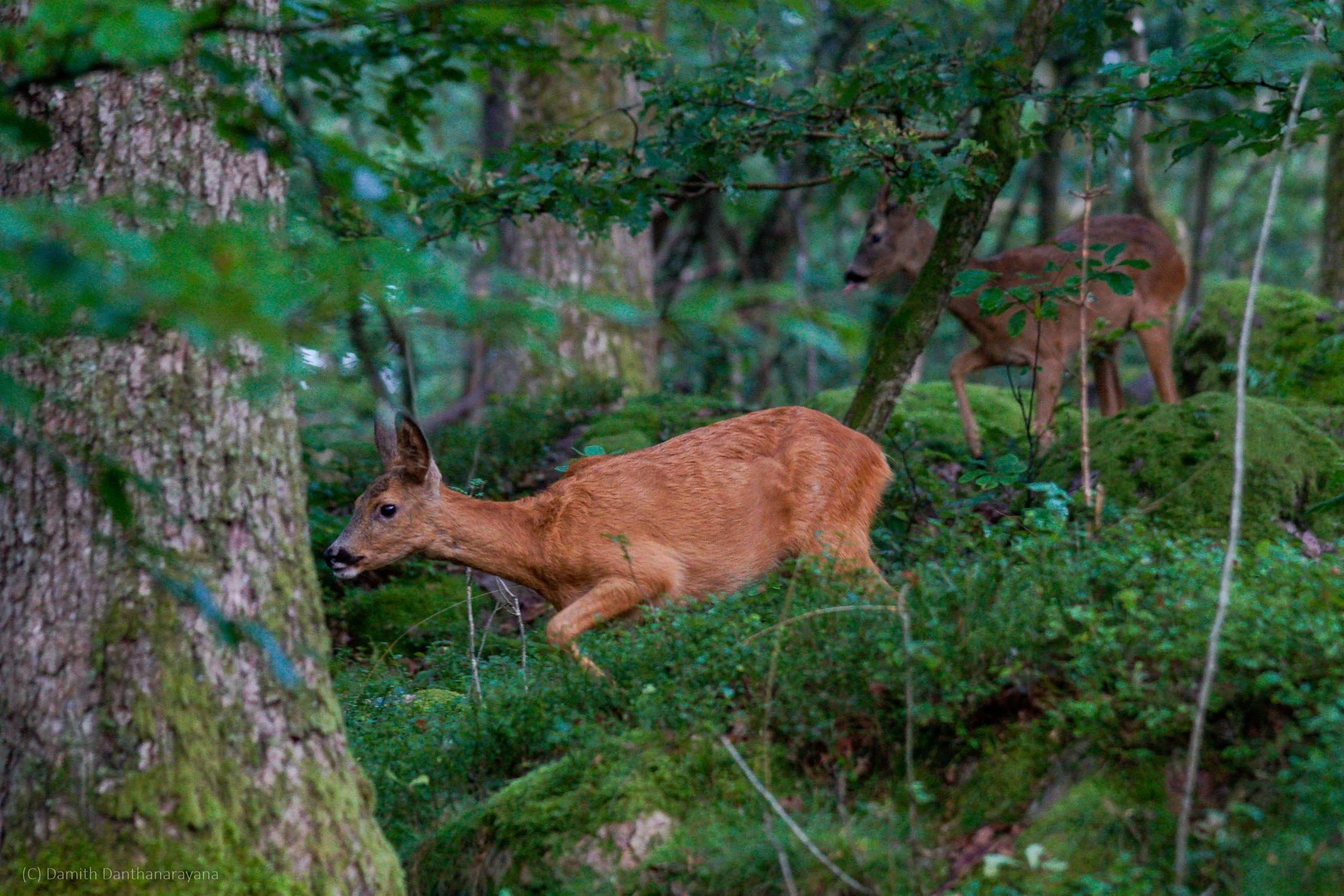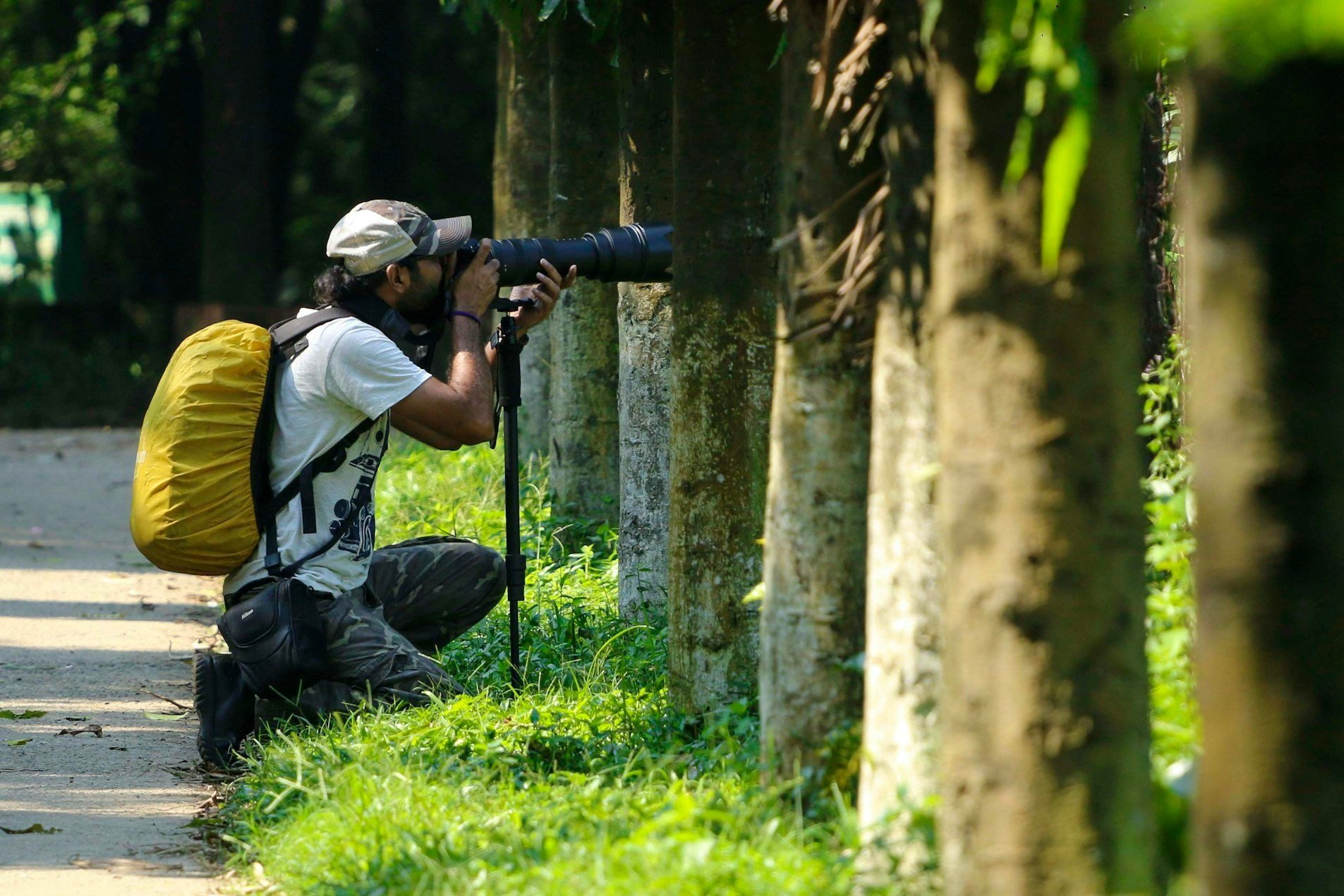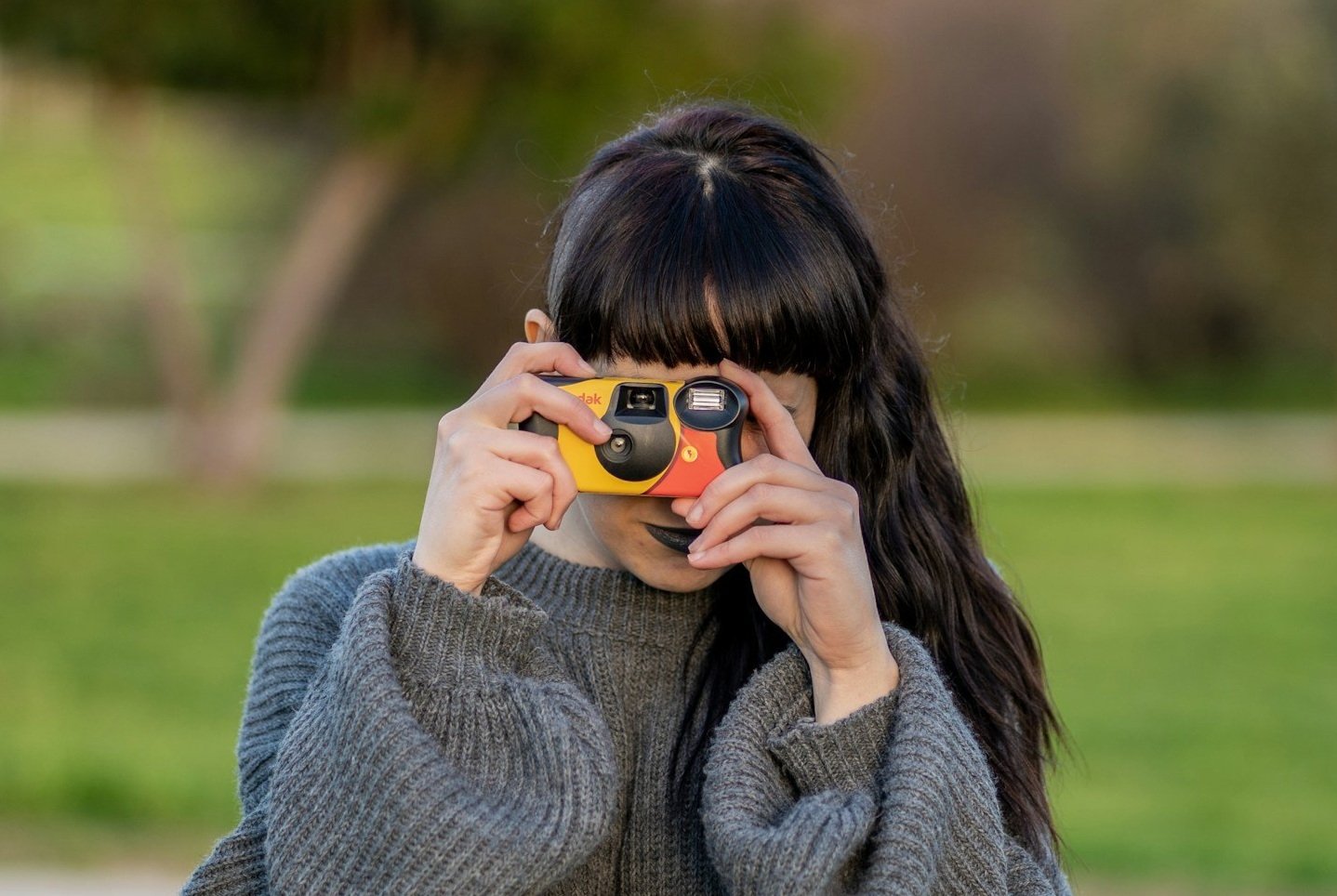How to Use AI Tools for Identifying Animal Species in Wildlife Photos
By a Wildlife Photographer Who Uses AI Every Day
As a wildlife photographer, I’ve spent countless hours in forests, wetlands, and savannahs capturing the raw beauty of nature. But snapping the perfect shot is only half the journey. The real challenge often lies in identifying the species I’ve photographed, especially when the animal is elusive, rare, or partially obscured. That’s where AI tools have become my secret weapon.
Want to know which animal is in your safari photo? AI can tell you! Explore the best tools and apps that help identify species from images, complete with scientific names and fast results.
In this article, I’ll walk you through how I personally use AI to identify animal species in my wildlife photos, share the best tools available, and explain how this technology is revolutionizing conservation photography.
Why AI Matters in Wildlife Photography and Conservation
Artificial Intelligence (AI) has revolutionized various industries, and photography is no exception. AI isn’t just a tech buzzword. It’s a game-changer for conservation. With biodiversity declining at alarming rates, accurate species identification helps researchers, photographers, and citizen scientists monitor populations, track migration, and document rare sightings.
As someone who contributes to conservation databases, I rely on AI to:
Quickly identify species from thousands of images
Reduce human error in classification
Support ecological research with accurate data
My Go-To AI Tools for Species Identification
Here are the tools I personally use and recommend to fellow wildlife photographers and conservationists:
1.iNaturalist
What it does: Uses AI to identify plants and animals from photos. When you upload a photo of a plant, animal, or fungus, iNaturalist’s computer vision model analyzes it and suggests possible species matches based on visual traits.
It uses a deep learning model trained on millions of verified observations to make these suggestions.
The system works both online and offline, making it handy for fieldwork in remote areas.
After the AI gives its best guess, the iNaturalist community steps in. Experts and enthusiasts review your observation and help refine the identification. This crowdsourced verification ensures higher accuracy and helps train the AI further.
Why I love it: It’s backed by the California Academy of Sciences and National Geographic. I upload my images, and the app suggests species with confidence scores.
Bonus: It contributes to global biodiversity databases
2. Wildlife Insights
What it does: Wildlife Insights is a powerful platform designed specifically for processing and analyzing camera trap images. It uses AI to identify animal species with impressive accuracy, and it’s a phenomenal tool for conservationists and wildlife photographers.
Why use it: It’s built for conservationists. People upload batches of images from their field trips, and the AI (SpeciesNet) identifies species with up to 94.5% accuracy.
Bonus: It’s open source and used by WWF and other global organizations
Personal note: I am learning the way of using Wildlife Insights to process images from one of my future planning camera trap projects in Sweden. It will help me catalog animals.
3. Galaxy AI Animal Identifier
What it does: Instantly identifies animals from uploaded photos
Why it’s useful: No login is required, and it provides detailed info on habitat, behavior, and conservation status
Pro tip: Upload clear, well-lit images from multiple angles for best results
4. Topaz Photo AI
What it does: Enhances wildlife photos using AI sharpens, denoises, and upscales
Why I use it: Sometimes I shoot in low light or crop heavily. Topaz recovers detail and clarity without compromising quality
Example: I captured a Sri Lankan Leopard at dusk. The image was noisy and soft, but Topaz Photo AI made it crisp enough for publication.
5. Seek by iNaturalist
What it does: Real-time species identification via smartphone camera
Why it’s great: Perfect for fieldwork. I use it when hiking or exploring new habitats without internet access
How AI Works Behind the Scenes
Most AI tools use deep learning models trained on millions of labeled images. These models recognize patterns for texture, body shape, and coloration, and compare them to known species. Some tools even factor in location data and habitat context to improve accuracy.
Conservation Impact: More Than Just Identification
Using AI tools isn’t just about convenience; it’s about contributing to global conservation efforts. Every time I identify and upload a species:
I help track biodiversity
I support scientific research
I raise awareness about endangered species
Platforms like Wildbook and EarthRanger also use AI to monitor animal movements and combat poaching.
Bonus Tools Worth Exploring
Merlin Bird ID Birds: Photo & sound ID, regional bird packs, offline use. For Birdwatchers.
MegaDetector: Open-source AI by Microsoft for detecting animals, humans, and vehicles in camera trap images.
Zooniverse (Snapshot Safari): Combines citizen science with AI to validate wildlife images.
PAWS: Predicts poaching hotspots using terrain and historical data — used in anti-poaching efforts.
Final Thoughts: Embrace the Tech, Protect the Wild
As a wildlife photographer, I see AI not as a replacement for field knowledge, but as a powerful ally. It helps me work faster, smarter, and with greater impact. Whether you’re a seasoned conservationist or a weekend nature explorer, these tools can elevate your work and deepen your connection to the wild.
So next time you’re unsure about that bird, mammal, or insect in your photo. Let AI lend a hand. You might just discover a new species, contribute to science, or inspire someone to care a little more about our planet.
Ready to try it yourself? Start with iNaturalist or Galaxy AI and see what you uncover. And if you’re already using AI in your wildlife work, I’d love to hear your story. Drop a comment below!
















